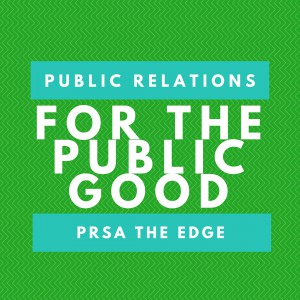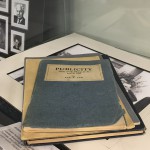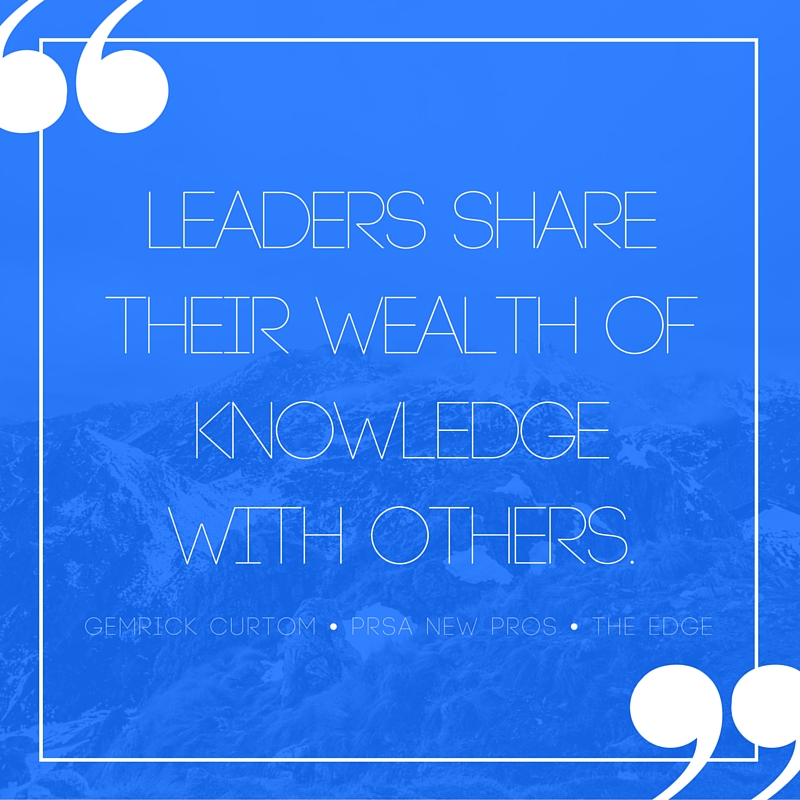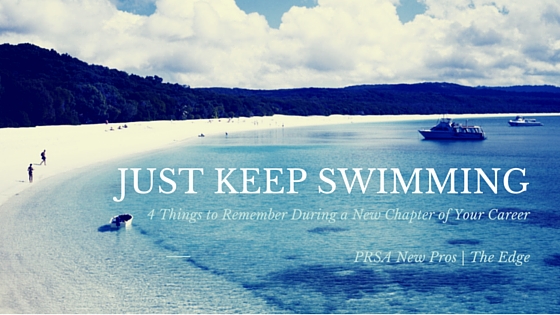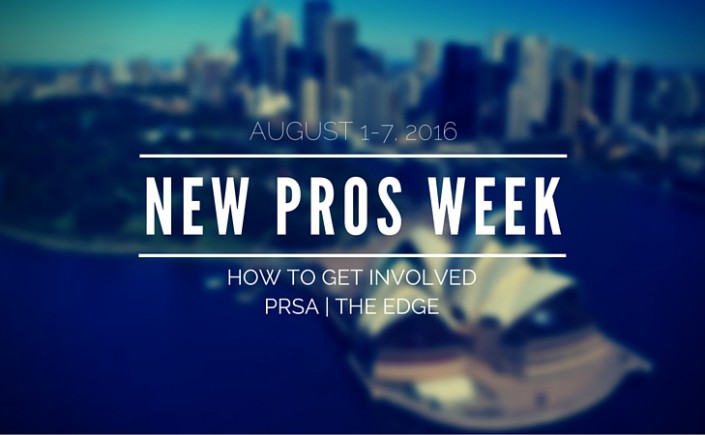“Be the real you because everyone else is taken and replicas don’t sell for as much.” – Dan Shawbel
As a PR professional, you’re probably familiar with branding, but have you ever stopped to think about your personal brand? If not, you’re not alone. During the day we’re busy promoting and supporting the brands of the companies and accounts that we represent. Why would we want to think about branding outside of our jobs?
Developing a personal brand is important for every professional, regardless of your job or industry. In today’s ever changing environment it has become more important than ever to embrace the idea of “career management” on an ongoing basis instead of waiting to think about your career until you need a new job.
Managing your career begins with developing and living your personal brand.
What is a Personal Brand?
A personal brand is just that-it’s personal. It encompasses everything that people think and say about you. It’s the sum of everyone’s experiences with you–the good, the bad, and the ugly.
Think about your favorite restaurant or grocery store. You expect a certain level of service every time you go there because they’ve established their brand. The same is true for you. Your personal brand is what people come to expect when they interact with you professionally or personally.
Evaluate Your Brand
Evaluating people’s perceptions of you is the first step in developing your personal brand.
Step 1 – Honestly ask yourself, “What are the five words most often used to describe me?” If you can’t think of anything ask a mentor, coworker, or friend.
Step 2 – Ask yourself, “What are the five ways that I’d like to be remembered?”
Step 3 – Compare the two lists. If what you’re known for doesn’t align with what you want to be known for, then you have some work to do on your personal brand.
People may think about you in ways that don’t initially align with your brand and that’s okay, but don’t stop there. Every company experiences similar problems, but they don’t assume that it’s their customer’s fault. They recognize that while you need to take all negative experiences with a grain of salt, you may be losing a loyal customer if you don’t address it. Take a few minutes to reflect on what part of that interaction you can control and strive to improve your relationship and provide that individual with a positive experience.
Define Your Brand
Now that you’ve evaluated your personal brand it’s time to define your brand. To get started, answer the following questions:
- What are your core strengths?
- What ONE thing sets you apart from your competition?
Now that you’ve identified the important ingredients for defining your personal brand–how you want to be remembered, your core strengths, and your differentiator – take a few minutes to write your brand essence in the form of a 45-60 second commercial.
I know it sounds cheesy, but writing a personal commercial can be extremely helpful. For example, if you’re looking for a job this commercial can used to answer the question, “Tell me about yourself,” in an interview. If you’re not looking for a job right now this will help you as you meet new people and build better relationships within your network.
Live Your Brand
You’ve evaluated your brand and delicately crafted an eloquent 45-60 second commercial. Now what?
As with any company brands don’t work unless you do. Take every opportunity to represent your brand so people start to believe about you what you believe about yourself.
Here are some areas to help you get started:
Refine Your Online Presence
- “Google” Yourself. If you haven’t already search the internet to find out what information about you is available. If you’re looking for a job, remember, recruiters can and will use the internet to screen you. If you find something that doesn’t reflect you in the best light, remove it. It’s not worth the risk.
- Get Social. LinkedIn is essentially a “virtual rolodex” of connections. This makes it a great tool to build and reinforce your personal brand. You can represent your brand in your profile and through the information that you publish and post. You can also include elements of your brand in your Twitter bio and other social media accounts.
- Demonstrate Your Brand. If you have a blog or online portfolio make sure to represent what’s important to you so the network you build online has the same impression of you as your in-person connections.
Build Real Relationships
There’s no excuse to avoid networking in today’s connected world. Take advantage of the opportunities available to you through professional associations, community groups, and organizations to meet people and begin to build real relationships with real people. Technology has allowed us to connect with people faster than ever before, but it is no substitute for getting to know the real person.
Personal branding is important for every professional. It’s a part of your career whether you choose to acknowledge it or not. It’s not just a buzzword or a new trend. It’s principles are timeless.
Be real and be the best you that you can be. Work hard and demonstrate what’s important to you to the people around you. In the end you’ll be able to look back at how you’re remembered and see that by striving everyday to stay true to your personal brand, you’ve left a legacy.
 Ruthann Campbell is a marketing and communications problem solver that specializes in getting the right message to the right people every time. She graduated from Pensacola Christian College with a bachelor’s degree in advertising and public relations and currently works as Marketing & Communications Coordinator for a non-profit organization in Tallahassee, FL. You can connect with her directly to network or share ideas on LinkedIn or Twitter.
Ruthann Campbell is a marketing and communications problem solver that specializes in getting the right message to the right people every time. She graduated from Pensacola Christian College with a bachelor’s degree in advertising and public relations and currently works as Marketing & Communications Coordinator for a non-profit organization in Tallahassee, FL. You can connect with her directly to network or share ideas on LinkedIn or Twitter.


